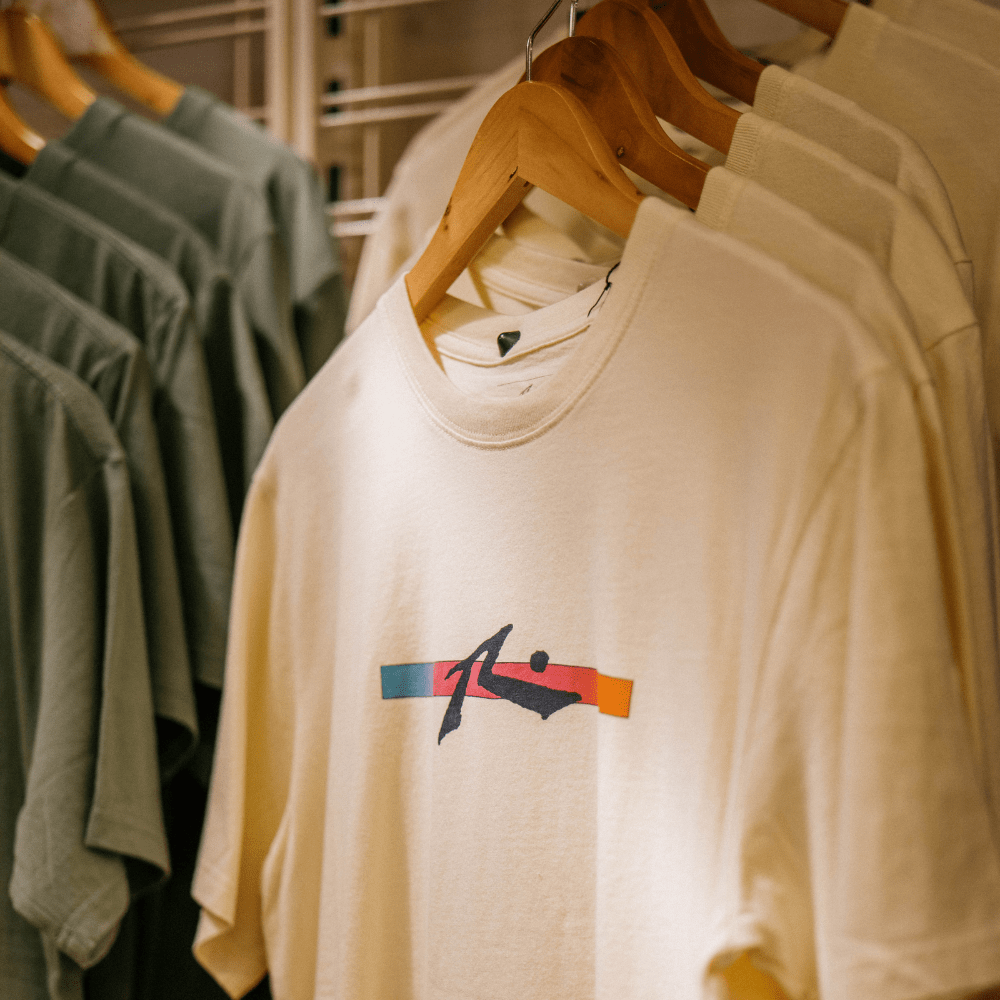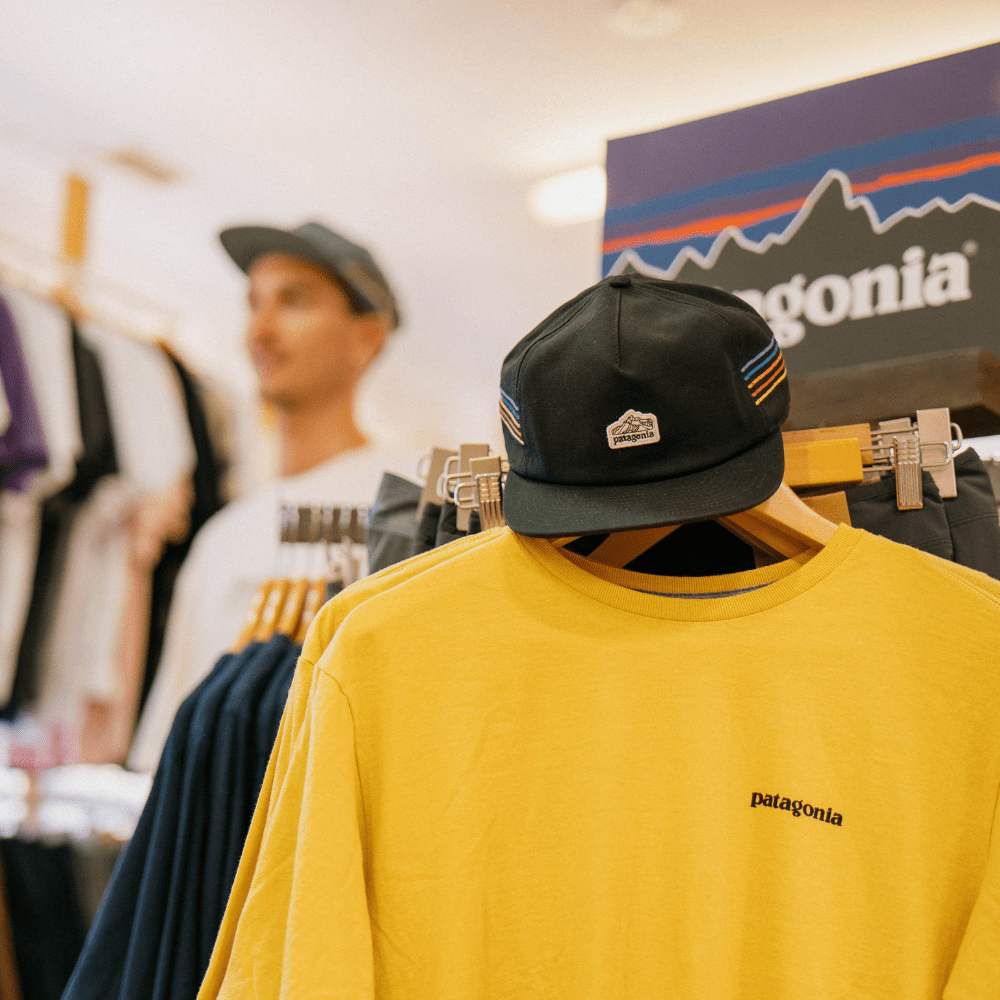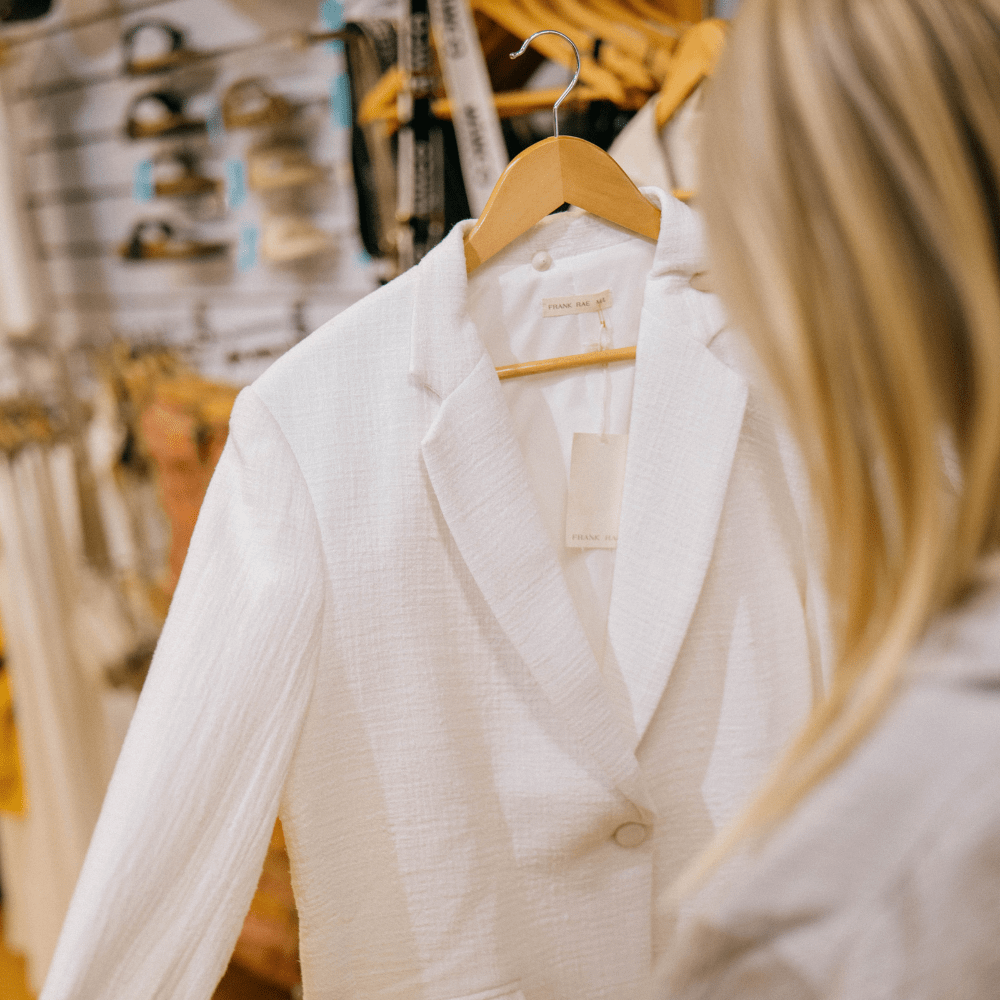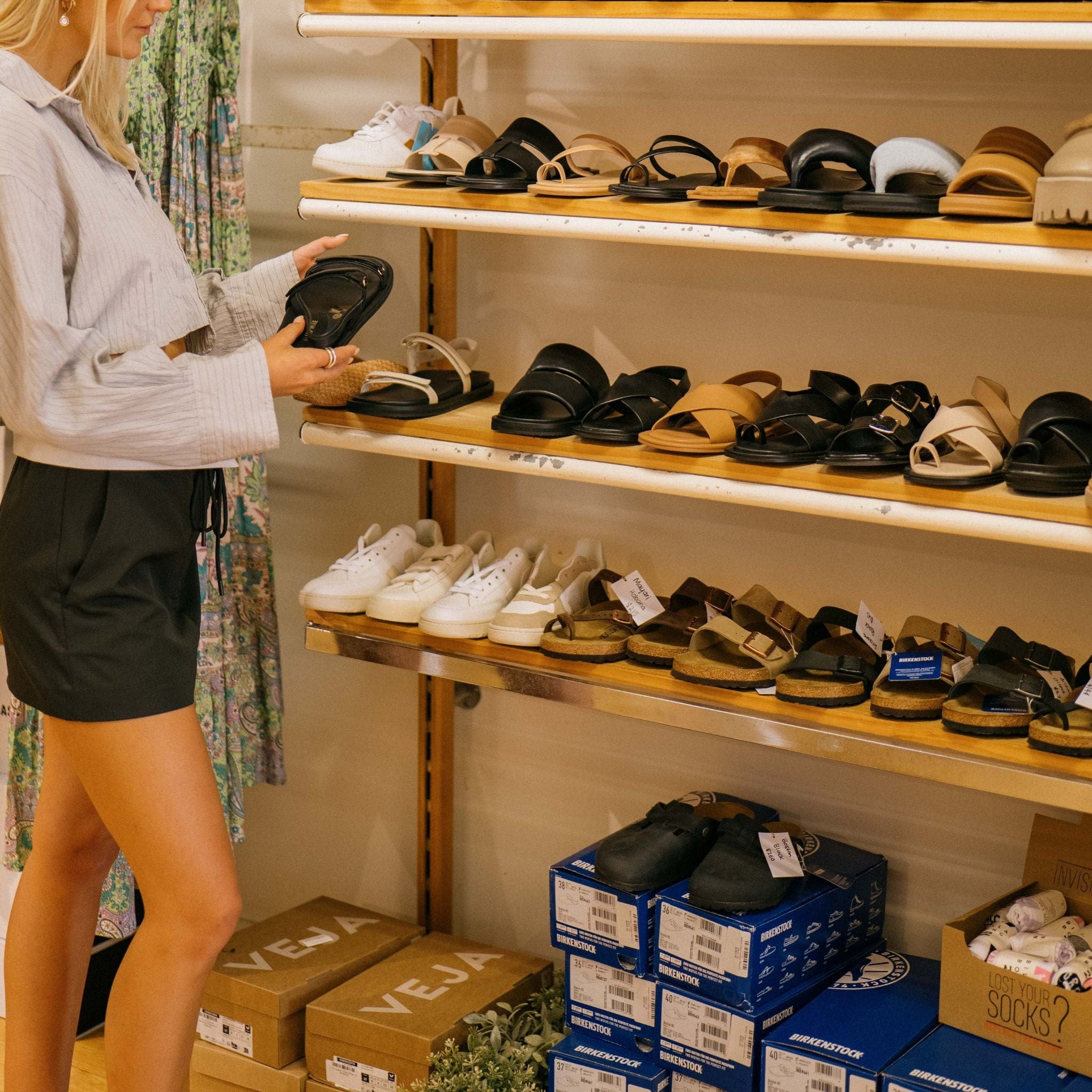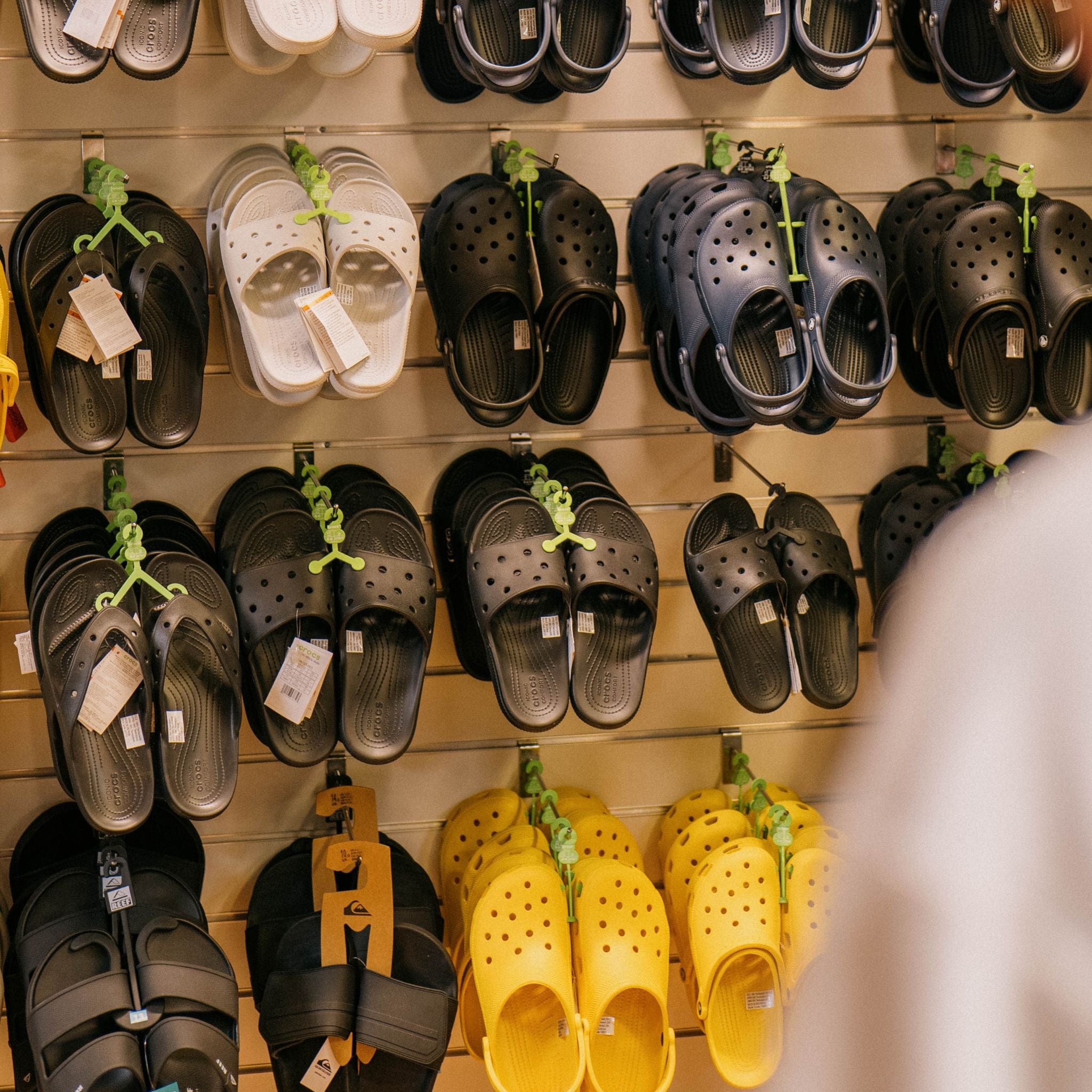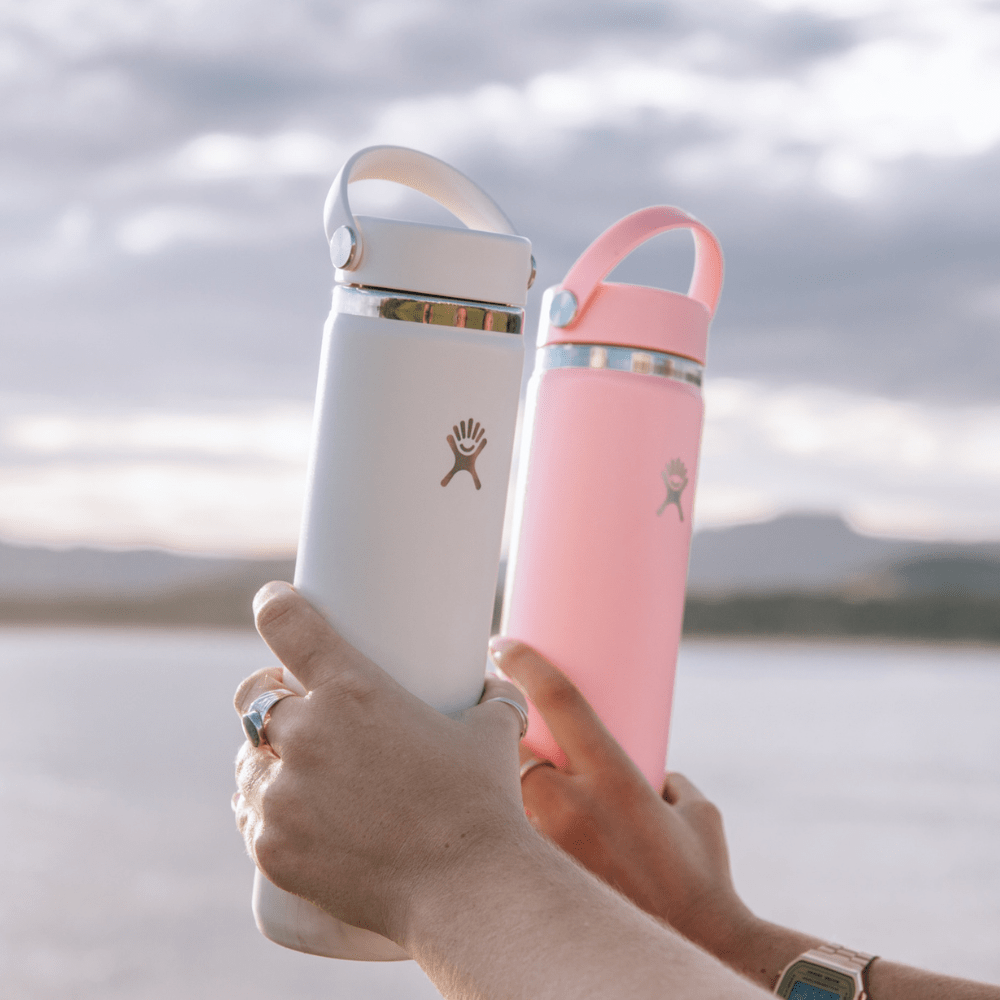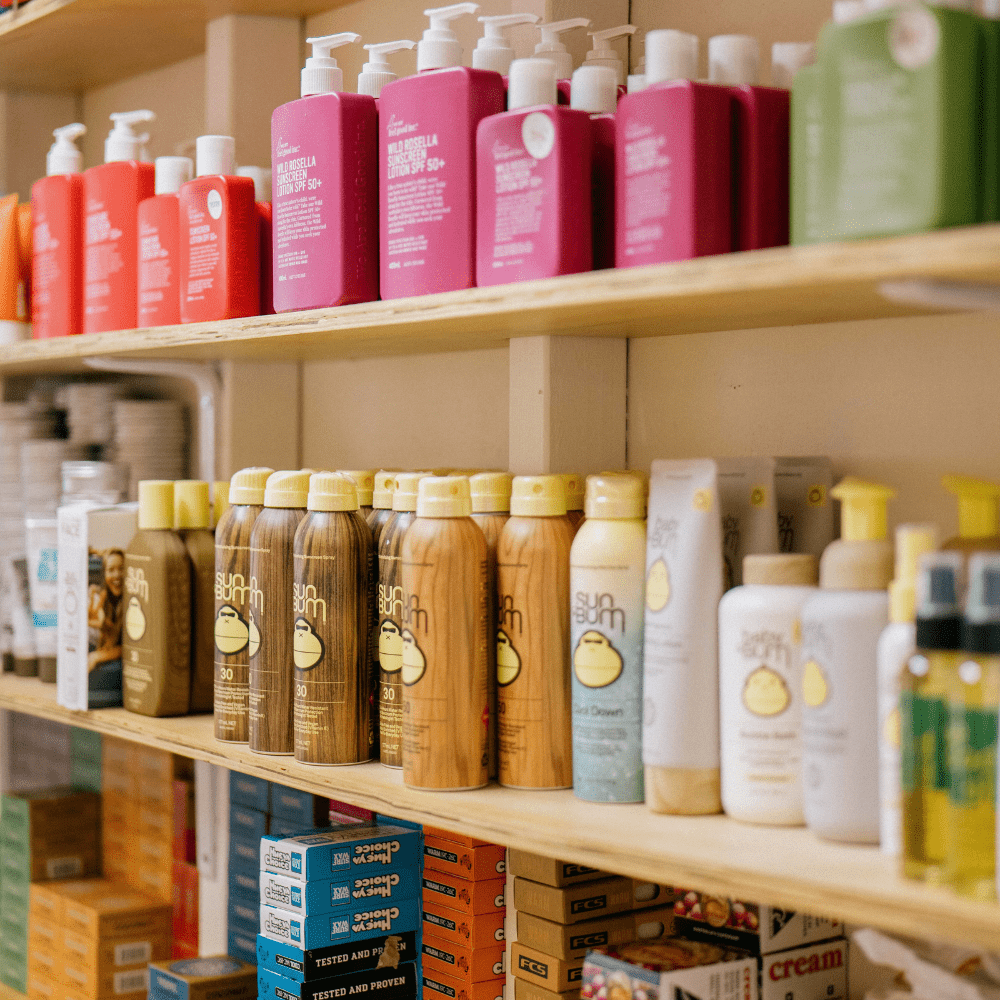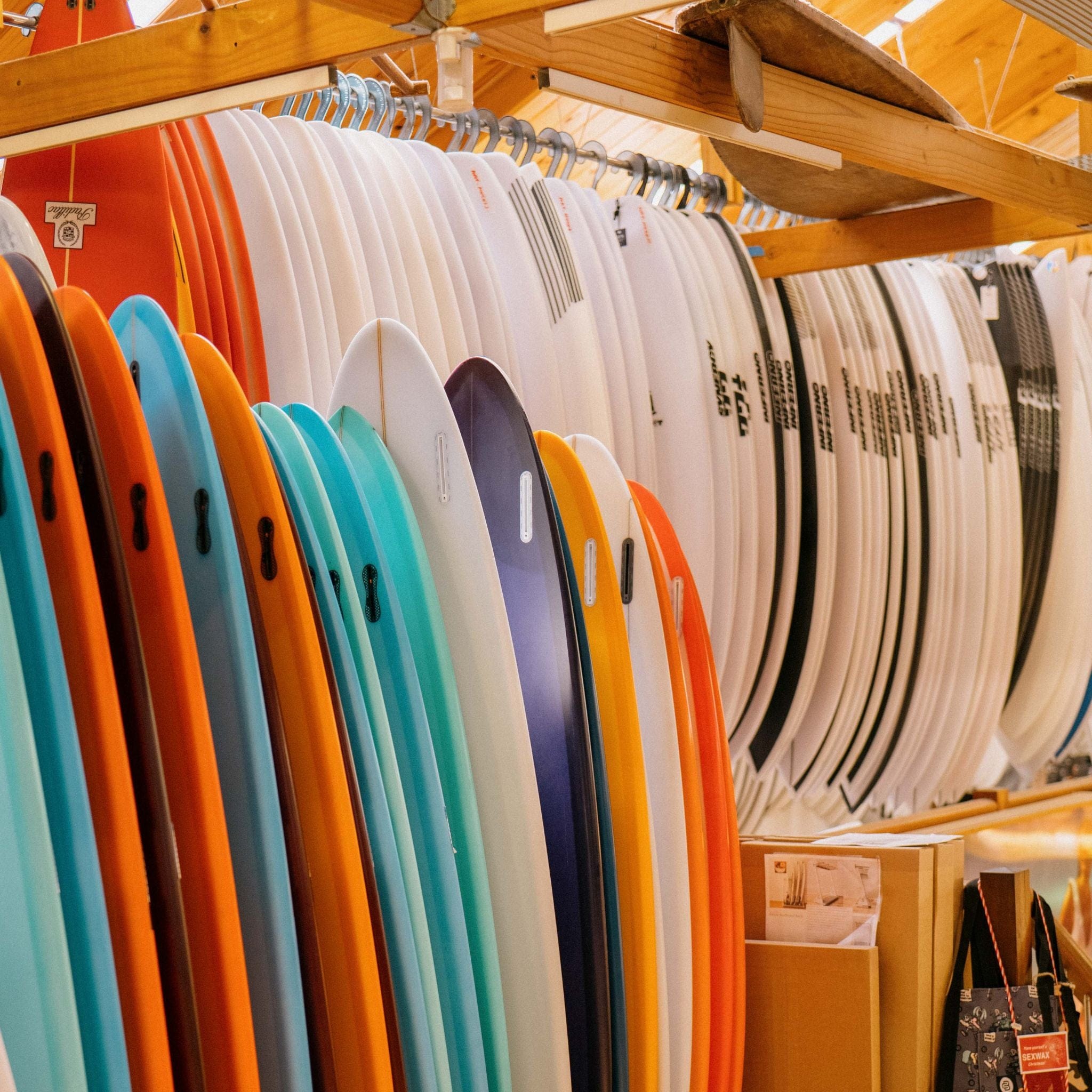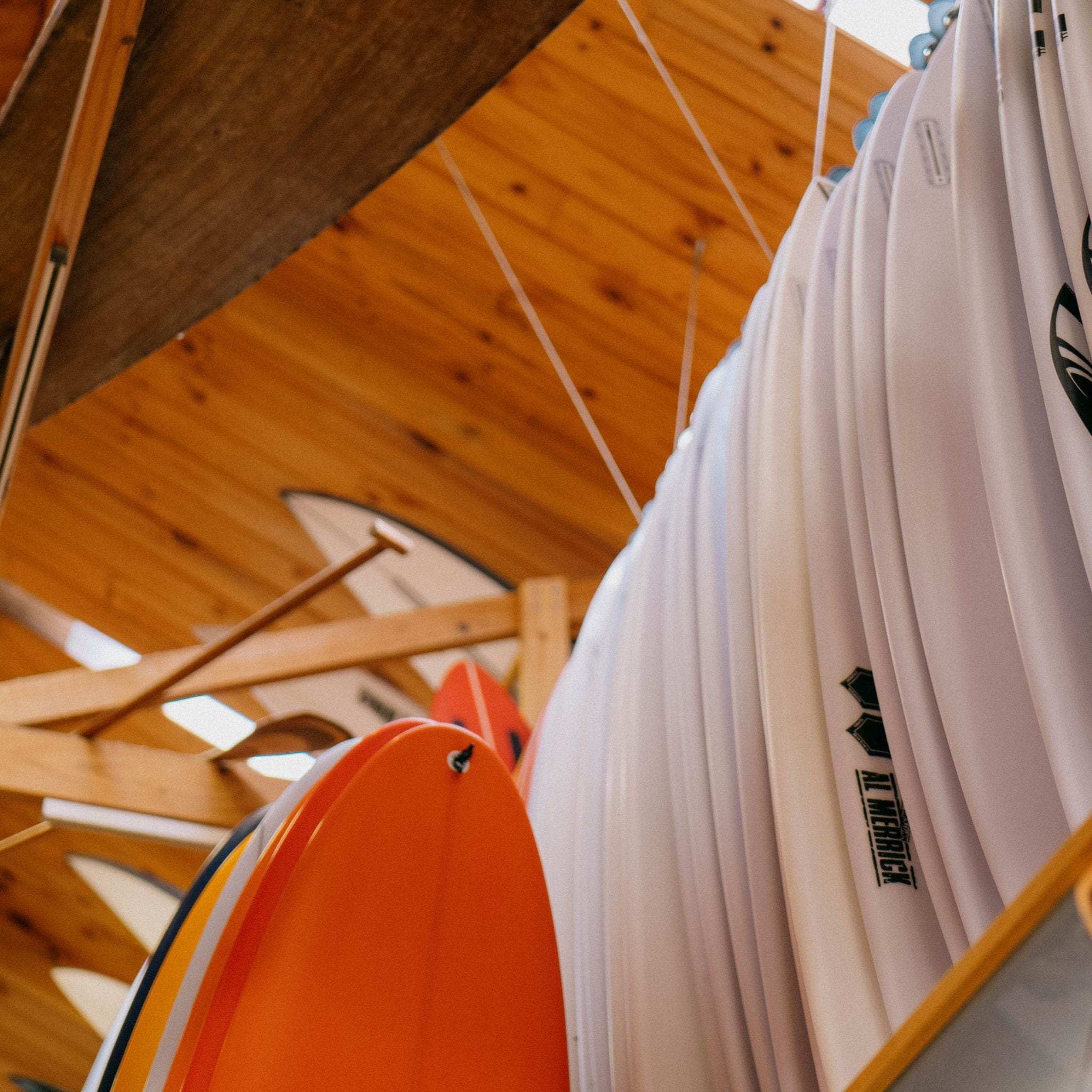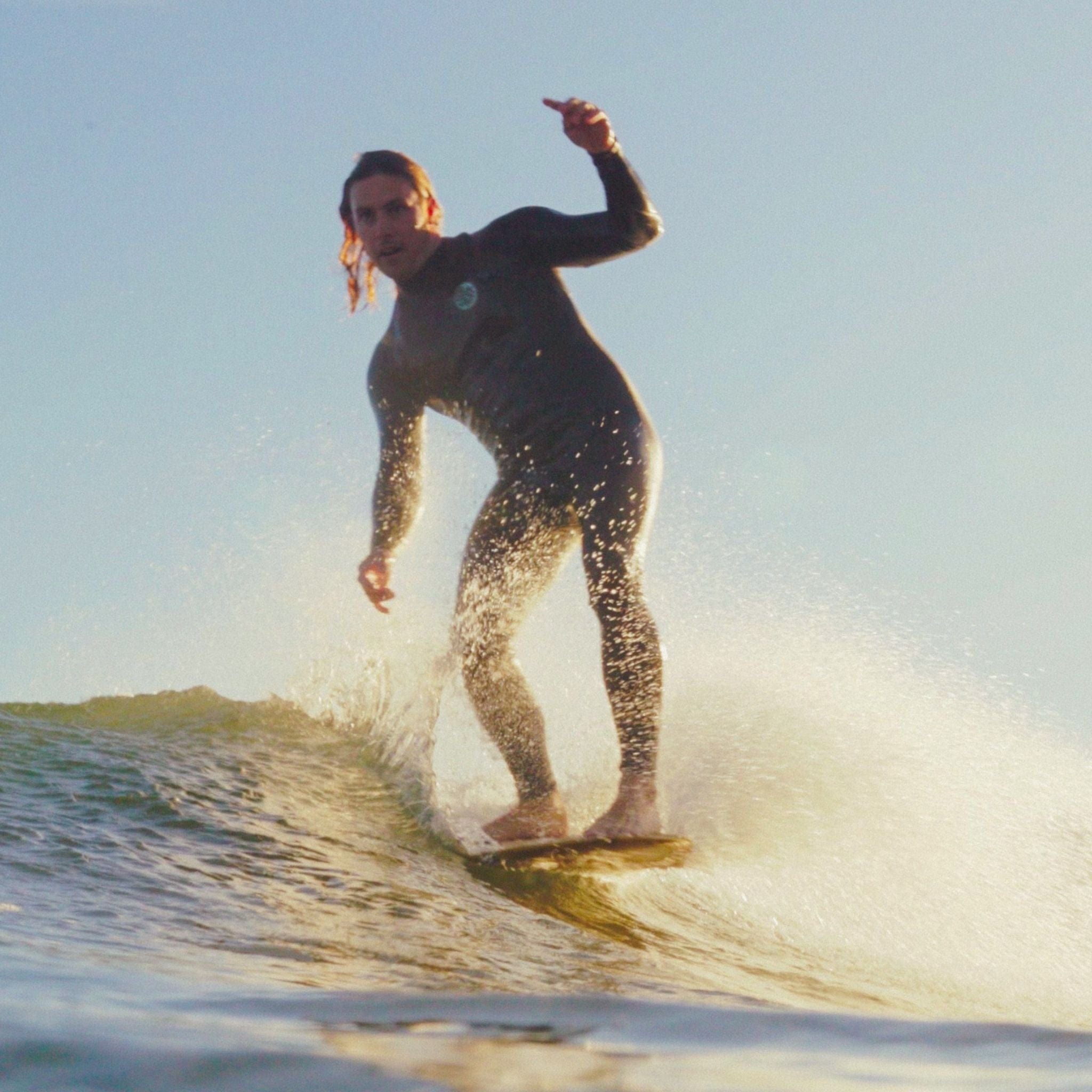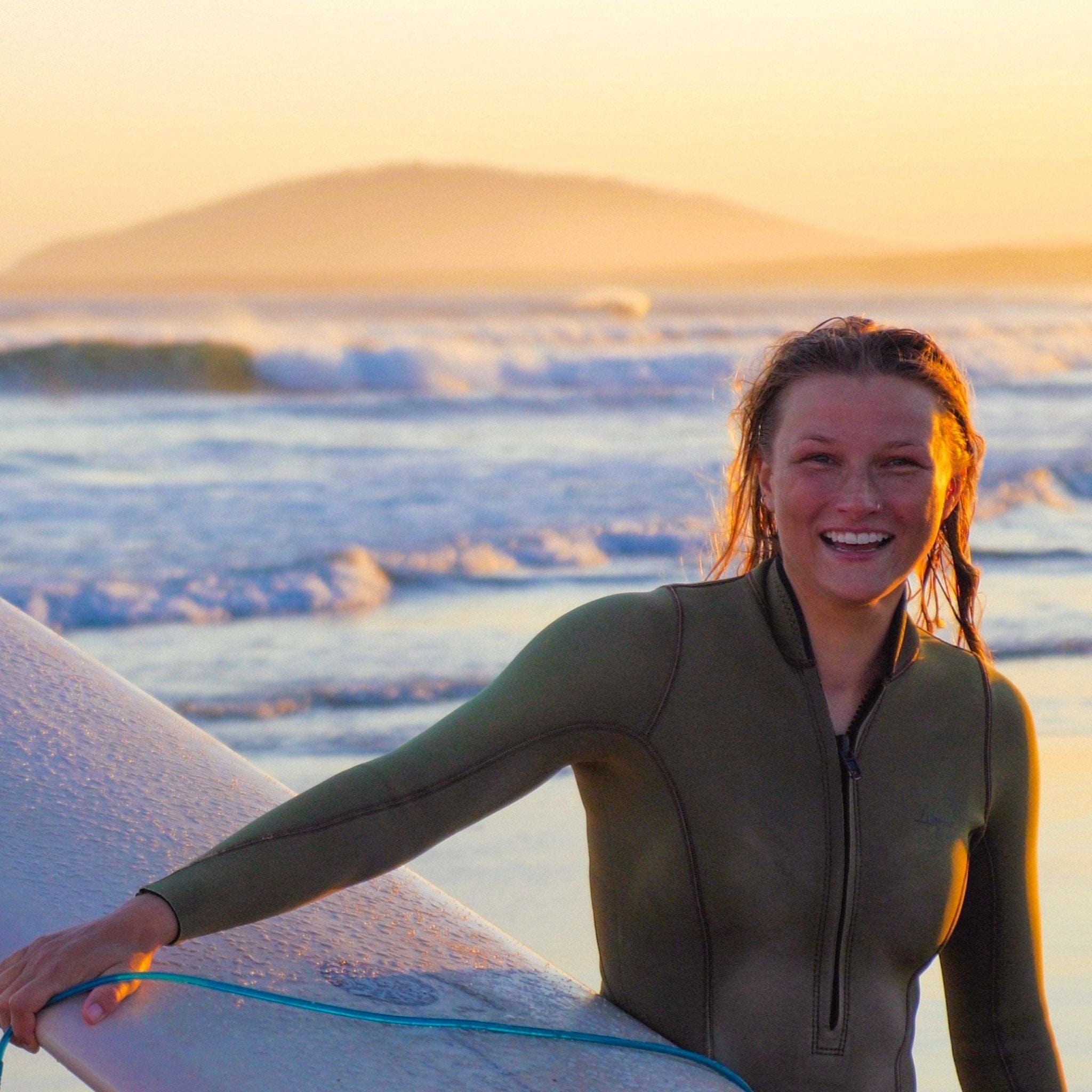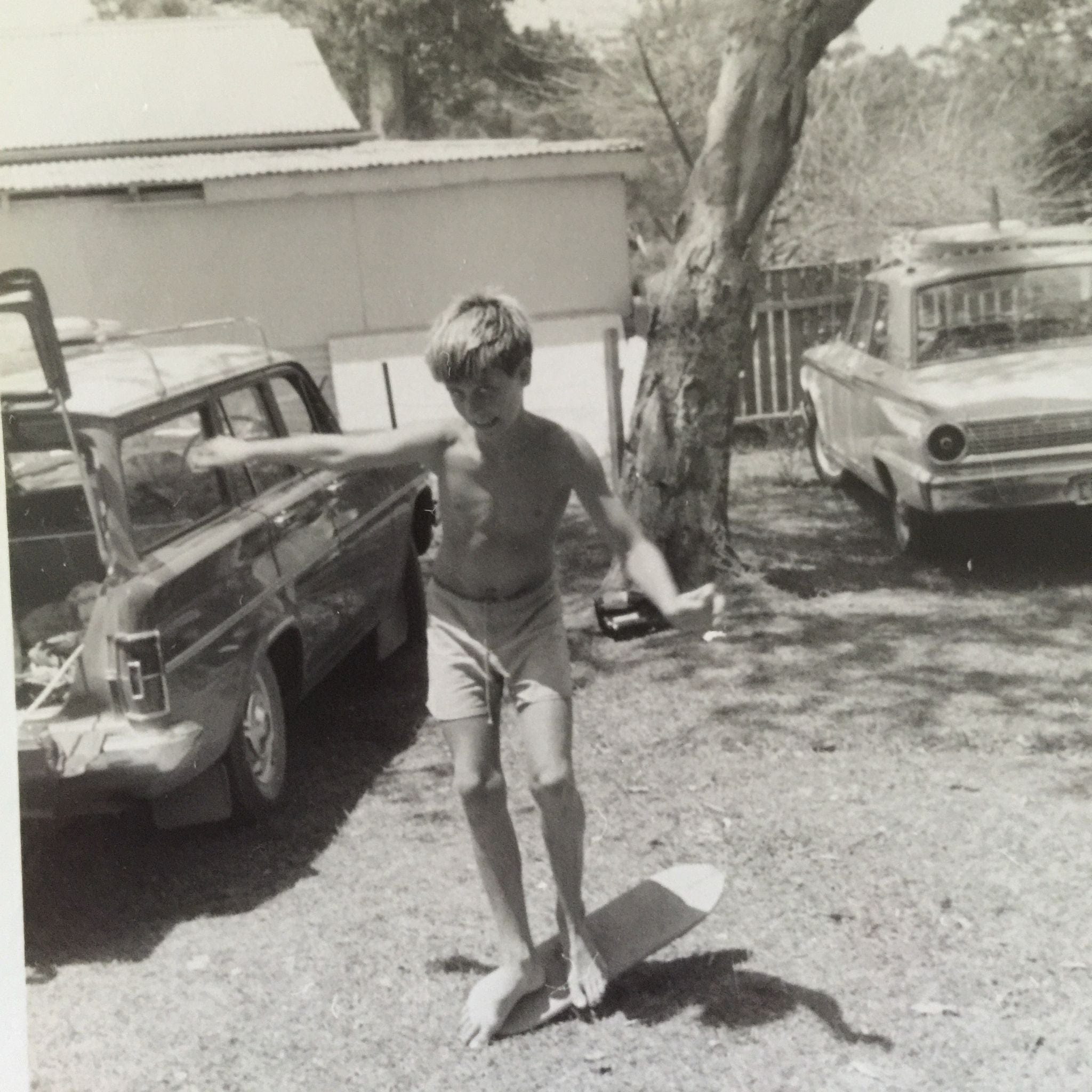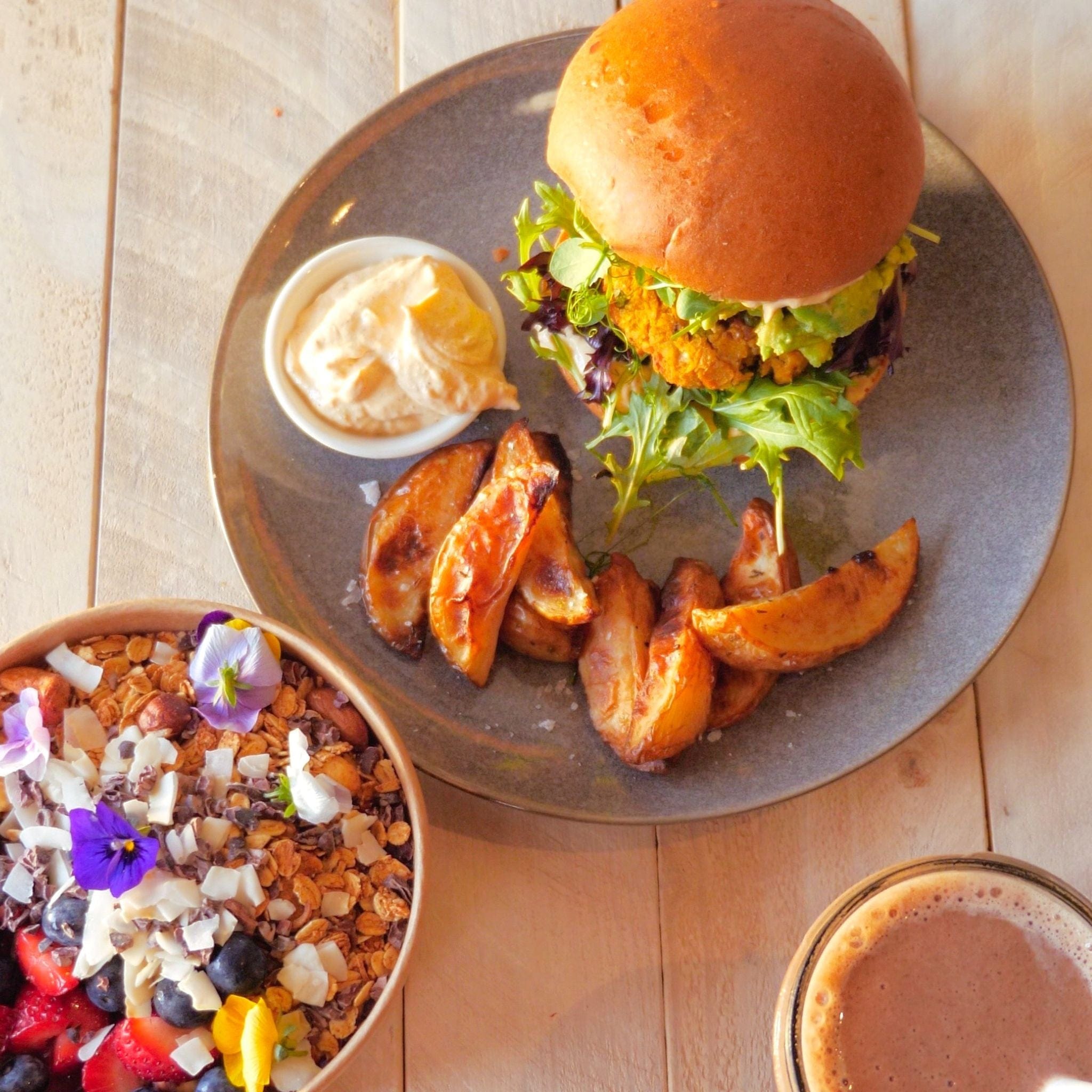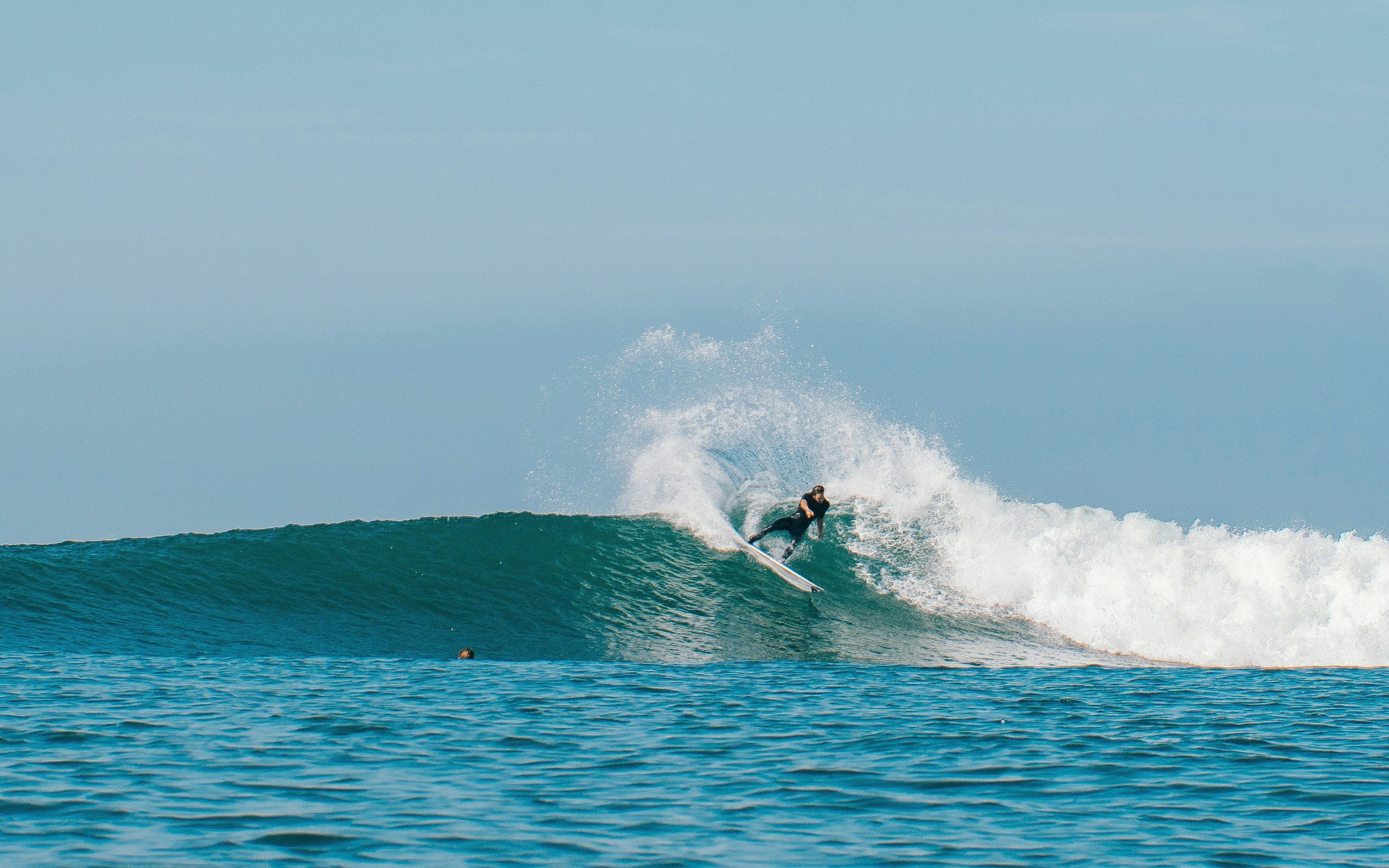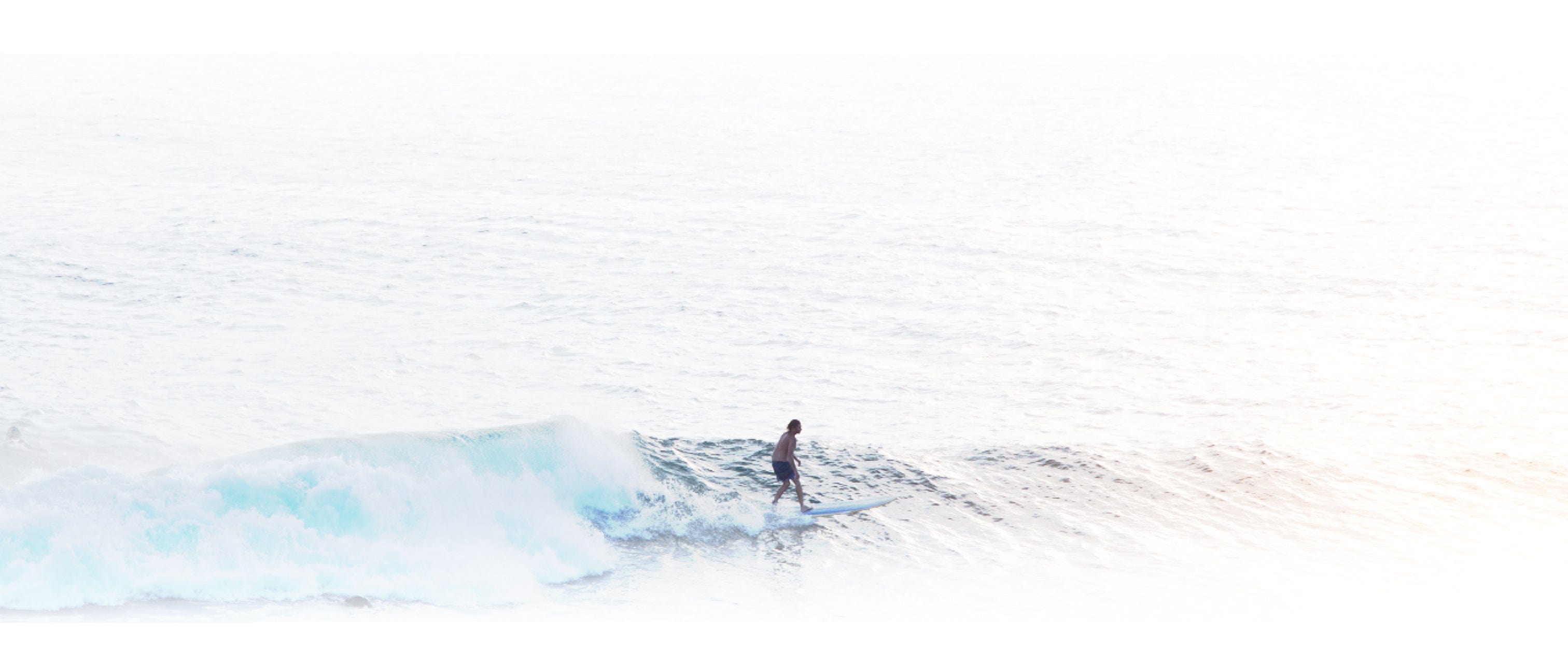If you've ever gazed wistfully at graceful longboarders or marvelled at ripping shortboarders and wondered how long it takes to surf like them, you're not alone.
Questions around the surfing learning curve abound when you're just starting out. Partly because the learning process is anything but linear. The time it takes to go from "complete beginner" to "capable surfer" varies widely from person to person, too.
For this article, we spoke to beginner surfers and early intermediates around Gerringong and Gerroa, posing the question of how long it took for them to feel comfortable on a surfboard.
Here's what we came up with!
Factors That Affect Surfing Progress
Surfing is a sport that immerses you in mother nature. For this reason, you can't control every variable that affects your surfing progress.
Wave pools have no doubt revolutionised the way people learn to surf and can allow for a more controlled learning environment. However, the majority of surfers still learn on mother nature's wave machine: the ocean.
Here are the main factors that determine how long it takes to learn surfing.
Frequency of practice
Can you surf three to five times per week? Or are you limited to once a week or less? The more frequently you practice, the faster you’ll progress.
Going one step further, the more you practice in grouped sessions, the faster you will improve. For example, if you have the opportunity to surf twice in one day, rather than twice over a week, you’ll see far greater progress.
Consistent practice is key. For that you need consistent swells too. If you live near a wave pool, try to combine ocean practice with pool practice for faster results.
Dedicated surf trips (especially boat trips) are also an excellent opportunity for consistent practice and progress.
 Physical fitness
Physical fitness
Your fitness level also plays a crucial role in your ability to surf.
Surfing is a physically demanding sport that requires strength, balance and endurance. An untrained body tires easily and won’t be able to handle the physical demands of surfing.
To improve your fitness for surfing, focus on exercises that target your upper body, core, and legs. Some good exercises include squats, lunges, planks, freestyle swimming and burpees. You can also incorporate yoga or pilates into your routine to improve flexibility and balance.
It's important to note that you don't have to be in top physical shape to start surfing.
Anyone can learn regardless of their current fitness level. Surfboards are also more user-friendly than ever, which makes it easier for beginners to build muscle memory, catch more waves and improve their surfing skills.

Quality of equipment
Flowing on from our last point, the right surfboard is an absolute gamechanger for boosting your surfing learning curve.
Having the appropriate equipment is so crucial yet so overlooked.
In our opinion, about 70-80% of surfers are on the wrong surfboards. Beginners are on a short board instead of beginner surfboards. Intermediates are on beginner boards instead of boards suited to their skill level.
Even the competent surfer can get their equipment choice wrong. And when that happens your progression stagnates.
Our advice is always to talk with a surfboard professional and be realistic about your skill level and the waves you typically surf. This goes for beginners, weekend warriors and older surfers especially.
The difference between the right board and the wrong one is night and day. Do yourself a favour and make your surf experience more enjoyable.
Get the right equipment.

Access to good waves
Last but not least, access to good waves is essential for any surfer.
Without good waves, there can be no surfing. While some may argue that a skilled surfer can make the most out of any wave, having consistent and quality waves is crucial for improving your skills and enjoying the sport.
The only drawback here is finding good waves can be a challenge.
It often requires knowledge of local surf spots, understanding tides and weather conditions and being willing to travel to different locations. Surf forecasting websites and apps are no doubt helpful in predicting where and when the best waves will be.
If you feel like access to good waves is limiting your practice sessions, talk to other surfers and suss out the most consistent spots.
When you're just starting out, any wave is better than no wave at all. And so long as you score manageable waves that allow you to surf longer thanks to regular practice, you're on the right track.

Average Timeline for Learning Different Skills
Below are the estimated average timelines for learning various surfing skills.
Keep in mind that it always takes longer if you're self-learning. Booking a coach for surfing and honing your swimming skills will significantly shorten the learning curve.
Paddling: 1-3 sessions
Proper paddling technique, alongside ocean knowledge, is one of surfing's fundamental skills. If you can't paddle out the back, you can kiss your surfing aspirations goodbye.
However, with regular practice and the right technique, paddling is a skill that can be learned fairly quickly (so long as you have the right surfboard!).
It only takes a few sessions to have the basic paddle skills locked down.
Once you can reach the back, paddle into waves and avoid getting caught in the impact zone, you can concentrate on perfecting your paddling technique.
This takes a bit longer, but so long as you’re consistent with your surfing and practice in a variety of conditions, you'll see improvement.

Popping up: 1-5 sessions
Popping up is another crucial skill that can make or break a surfer's experience in the water.
It involves transitioning from lying down to standing up on the surfboard in one fluid motion.
While it may seem daunting at first, with consistent practice and guidance from more experienced surfers, popping up will become second nature.
For most beginners, nailing the pop up movement takes a few sessions. That said, you should be able to go from prone to standing during your first lesson with the right learner surfboard.
Building muscle memory is also key when it comes to pop ups.
Thankfully, exercises like push ups and burpees are super effective in helping to take your pop up from beginner level to advanced level.

Riding green waves: 5-15 sessions
Green waves are considered more challenging waves for beginner surfers purely because they require a good understanding of timing and positioning on the wave.
Riding green waves involves catching a wave before it breaks and then riding along the unbroken face of the wave towards the shore.
In order to successfully ride green waves, you'll need to have a solid grasp of paddling and popping up. From there all you need is a positive attitude (and a wee bit of core strength!).
Start with small waves then progress onto catching waves that are bigger and steeper.
Always go slow, set realistic expectations and remember that it takes time to become an experienced green wave surfer.

Tips to Accelerate Learning to Surf
Perhaps the biggest beginner tip to accelerate your learning curve is to book with a reputable surf school.
Having an experienced instructor teach you the finer points of riding waves during surf lessons is a guaranteed surfing journey shortcut.
- Another tip is to engage in other water sports, whether it be ocean swimming, stand-up paddleboarding or even snorkeling. These activities help you become more comfortable in the water, which is essential for surfing
- Additionally, watching surf videos and observing experienced surfers can also accelerate your learning process. Get a feel for how unbroken waves look, how surfers paddle into them and the advanced techniques they use to catch and ride waves
- Last but not least, check the surf as often as possible! The more you run an eye over surf conditions and wave conditions, the more familiar you'll become with the ocean and its many moods

Recommended Gear for Beginners
Looking for gear that can help you get started on your surfing journey? Here are some basic essentials that every beginner surfer should consider.
-
A high-volume surfboard: As a beginner, you want to start with a larger and more stable surfboard. Look for a soft foam board with high volume (measured in litres) as this will provide more buoyancy and make it easier to catch waves
-
A leash: A leash is an important safety accessory that attaches your surfboard to your leg. It prevents the board from getting away from you and potentially causing harm to yourself or others
-
Wetsuit: Depending on the water temperature, a wetsuit is essential for keeping you warm while surfing. Make sure to get one that fits snugly but still allows for easy movement
-
Surf wax: Applying a layer of surf wax on the deck of your board provides traction and helps prevent slipping while paddling and standing up on your board
-
Sunscreen: Protecting your skin from the sun's harmful rays is crucial while spending hours in the water. Make sure to use a waterproof sunscreen with a high SPF and reapply often

